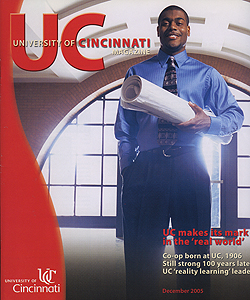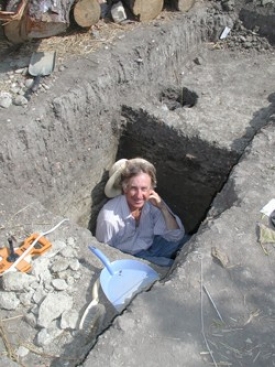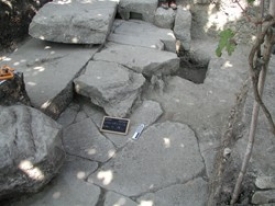Ann Santen joins Jack Davis's UC classics team
to uncover artifacts in Albania
Editor's note: Alumna Ann Santen, CCM '79, known for her years as former music director and general manager at WGUC, Cincinnati's classical music station, recently turned her interests to classical civilization, enrolling in UC courses in Greek history, art, architecture and literature; Roman archaeology; ancient Egypt; Archaeology of Hadrian; and Middle Eastern history.
Knowing Ann's interest in archaeology as a discipline, Jack Davis, Blegen professor of Greek archaeology, and Sharon Stocker, a co-director of the Bonjaket excavations in Albania, invited her to participate in a three-week "dig" there last summer. The quest was for evidence, through artifacts found at a site near the city of Apollonia, that a Greek temple there can be dated the oldest one in Albania.
Here are excerpts from Ann's excavation diary:



